Luxurious Living in Ancient Pompeii: A Detailed Exploration
Written on
Chapter 1: The Allure of Pompeii
Pompeii stands as a dream destination for many, with its stunning villas and hauntingly preserved figures serving as a stark reminder of life during the Roman Empire. The catastrophic eruption of Mount Vesuvius, while tragic, has opened doors to immense archaeological insights. Excavations have brought to light well-preserved homes and villas, illustrating the daily lives of the inhabitants of this coastal city.
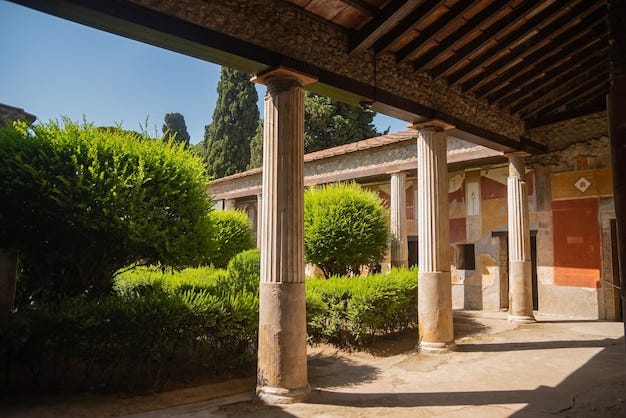
The ruins of the Pompeii Forum, framed by the looming presence of Mount Vesuvius, tell a story of a site primarily known for its luxurious retreats. Wealthy elites of the Roman Empire frequented this location, leaving behind a treasure trove of opulent estates. Here, we will delve into the lifestyles of the affluent and explore their daily existence just before the eruption.
Section 1.1: Architectural Marvels of Pompeii
In Pompeii, the affluent resided in individual suburban homes referred to as domus, derived from the Latin term domesticus. The more familiar term "villa" is often used interchangeably, describing larger estates typically found in the countryside and associated with agricultural activities.
The villas in Pompeii, like others throughout the Roman Empire, were designed around an atrium and a central courtyard. These homes were typically laid out in a linear fashion, with one room leading directly into another.
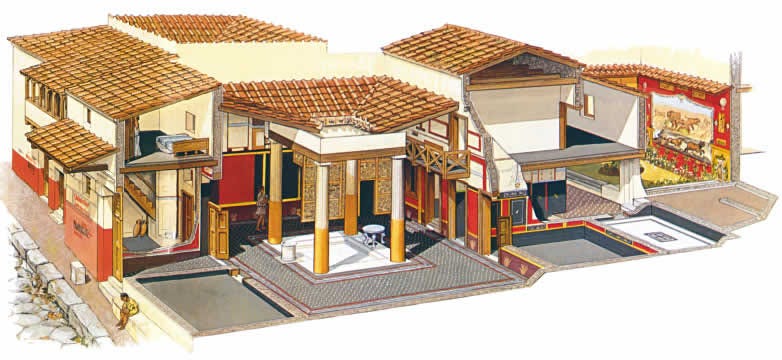
The atrium served as the entrance to most Roman homes, featuring a skylight and an ornamental pool.

These atriums were often dimly lit, adorned with luxurious and intricate wall paintings. The doors of the villas typically remained open during the day, inviting passers-by to glimpse the opulence within. This practice fostered a sense of competition among neighbors, akin to modern "keeping up with the Joneses."
The atrium, being the most visible area of the house, served as a stage for the family to showcase their wealth. Families spared no expense in commissioning skilled artists and craftsmen to adorn their homes.
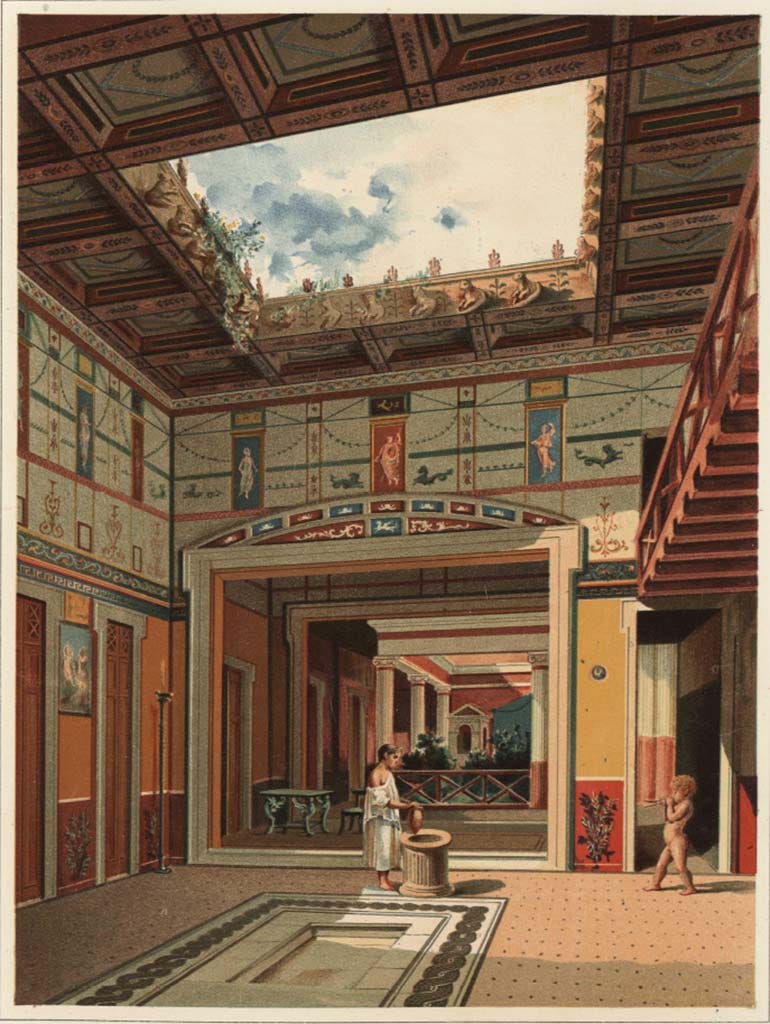

Section 1.2: The Heart of the Villa: The Courtyard
The courtyard was the central hub of the Roman villa, often linking the front and rear sections of the house.
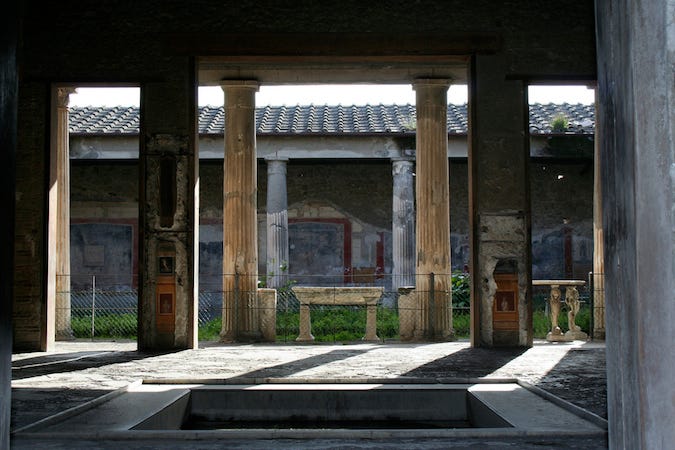
The favorable Mediterranean climate facilitated open-air walkways throughout the villa, enhancing ventilation while minimizing heat retention—less critical in Southern Italy.
The courtyard's periphery was typically lined with porticos to shield the walkways from the elements, adorned with various artworks facing the courtyard, enriching the experience of residents and visitors alike.

Often embellished with greenery, flowering plants, and sculptures, courtyards reflected the owner's affinity for nature and aesthetics.
Chapter 2: Artistic Expressions in Pompeii
The frescos and art installations in Pompeii reveal the prevailing trends among the affluent in Roman culture.

Beginning with detailed architectural perspectives, Pompeiian frescos gradually transitioned to a more sophisticated, minimalist design.
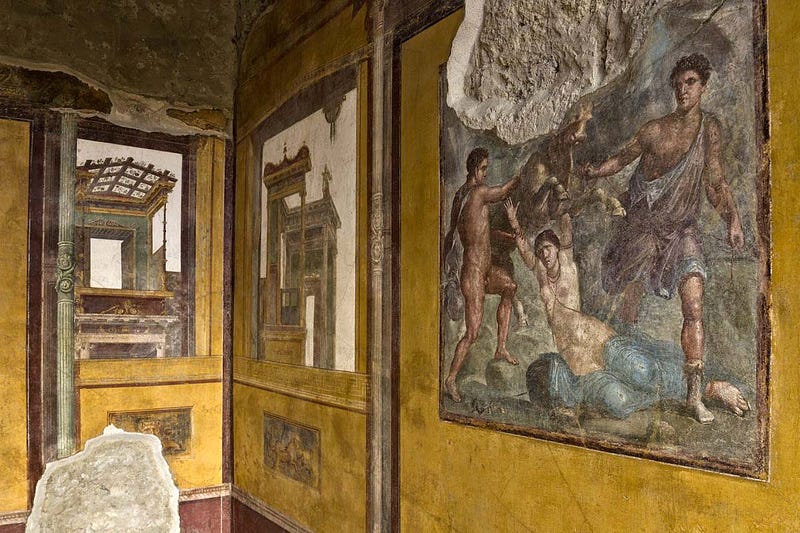
As Pompeii approached its decline, a new fresco style emerged, blending the minimalist approach with elaborate depictions of architecture and mythology.
The vibrant colors of the Romans often defy popular beliefs that they favored muted tones. In reality, their daily life was filled with vivid reds, yellows, greens, and blues.
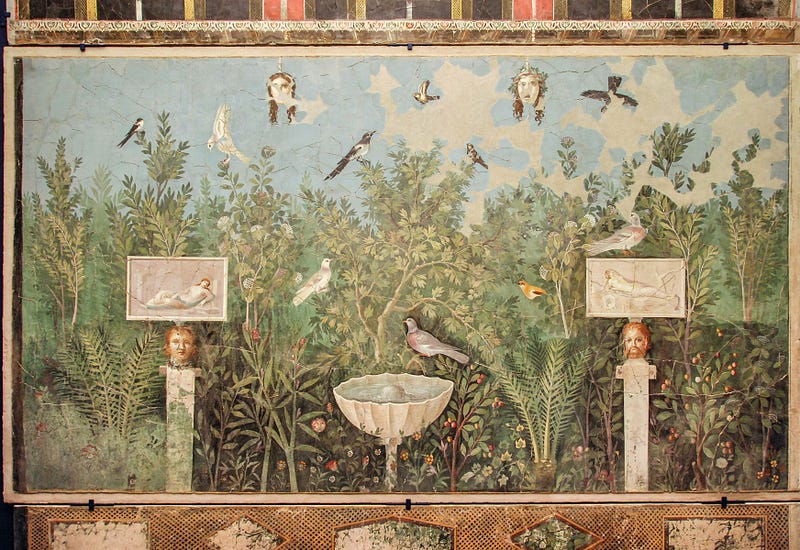
Dining in Ancient Rome was a grand affair. Romans reclined on couches, known as triclinium, while enjoying their meals.

In more extravagant villas, some archaeologists have found evidence of water tricliniums, where the floor would be flooded, allowing floating dishes for guests to select from—a rare yet fascinating feature.

Final Thoughts
This exploration of Pompeii's art and architecture offers a glimpse into a vibrant past often overshadowed by the idea of a strict and monochromatic Roman society. The colorful and lively aspects of daily life reveal our shared humanity with cultures that seem distant. If this topic intrigues you, please share your thoughts; I would love to delve deeper into this captivating period of history.
The first video titled "What Was Everyday Life Like In Pompeii?" provides insights into the daily routines of Pompeii's inhabitants, showcasing the lavish lifestyle that existed before the eruption.
The second video, "What Was Normal Life Like In Pompeii Before The Eruption?", further elaborates on the ordinary experiences of the people living in this remarkable city.